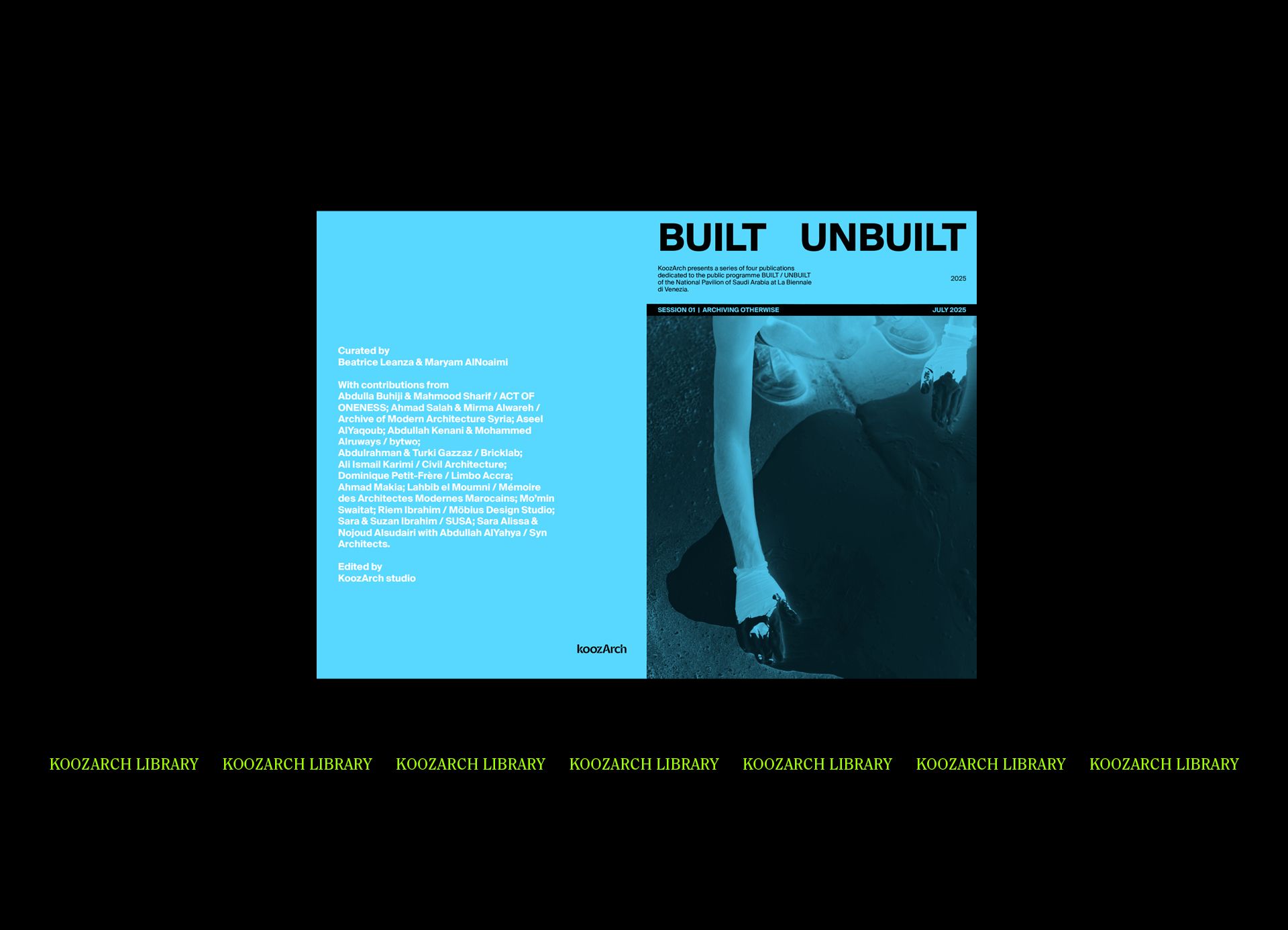The Geoffrey Bawa Trust was established in 1982, in line with the beliefs and practices of one of Sri Lanka’s more eminent and beloved architects. Chief Curator Shayari de Silva reflects on the unique challenges embraced through its ongoing activities, finding a symbol of resilience in one of Bawa’s own creations.
This essay is part of Issue #2 “Fair Play”, a series curated by KoozArch.
The question of fair play in the context of Sri Lanka, where the Geoffrey Bawa Trust is rooted, is inescapable — inequities and injustices permeate every aspect of life here, entrenched in our past and present. As an institution dedicated to fostering art, architecture, and ecology — per Bawa’s vision outlined when he established the Trust 40 years ago — we are optimally positioned to think about the fundamental requirements of these disciplines. There are many underserved communities in Sri Lanka, and those with physical and mental disabilities are a group that is especially neglected. In our current programme celebrating the 75th year of Bawa’s garden Lunuganga, titled To Lunuganga, we use the lens of the garden to bring questions around accessibility to the fore. What does it mean as a cultural institution to provide access in terms of mobility, language, transport, and economy?
What does it mean as a cultural institution to provide access in terms of mobility, language, transport, and economy?

Sketch from Correspondence with Jean Chamberlin, to Geoffrey Bawa Trust.
This tiny image in one of Bawa’s letters is an illustration for an endeavour he describes as follows, in a letter to his friend Jean Chamberlin,
“I fear my tottering is much worsened and I never look up while walking so I have bought a Bajaj 3-wheeler and it now looks like this. I cut the top off and moved the back seat back – and it isn’t finished yet but will look splendid when it’s finished – so I can again whizz off to the farthest regions of Cinnamon Hill and the Cadju Tree terrace.”
These words, from a letter dated 12th June 1991, refer to Bawa’s failing health towards the end of his career, a time when walking would become increasingly difficult following a series of falls and strokes from 1994 onwards. A man of few and always very carefully selected words, Bawa would often intertwine the language of drawing with writing. He understood that reading was not a practice reserved only for words.
It is imperative to be aware of what is possible, and yet to be guided by a belief that the work is worth doing, in order to elevate conditions for all, and to use design to minimise inequities where possible.

Photograph of Geoffrey Bawa in modified 3-wheeler with Michael Ondaatje, photograph by Dominic Sansoni.
Bawa’s adaptation of the common tuk-tuk is a typical approach in his practice: relying on what is available locally, which was limited, especially during the closed economy decades of the 60s and 70s, he utilised design to make aesthetically pleasing, functional solutions — “to admit beauty and pleasure as well as purpose” in his words. Telling the story of this curiously hybrid object, and others like it, is important to the Trust because it is also an opportunity to speak about a man who navigated illness to work and who found ways to maintain his agency as a designer even when his body was resisting the work of the architect, which is often a physically demanding practice requiring travel and site visits on tenuous terrains. They are the histories of a practice that navigated economic restrictions and social upheaval to work and one that was not defined by limitations. When working in these conditions, it is imperative to be aware of what is possible, what is appropriate, and yet to be guided by a belief that the work is worth doing, in order to elevate conditions for all, and to use design to minimise inequities where possible. This is an ethos from which we take heart and which we believe we must still share.
Bio
The Geoffrey Bawa Trust is a non-profit, public trust that was established in 1982 by the late architect, with the objectives of furthering the fields of Architecture, the Fine Arts and Ecological and Environmental Studies. Since the architect’s passing in 2003, the Trust has sustained year-round public programmes comprising lectures, tours, scholarships, residencies and exhibitions which engage broader discourse on the built environment and the arts in both Sri Lanka and overseas.





